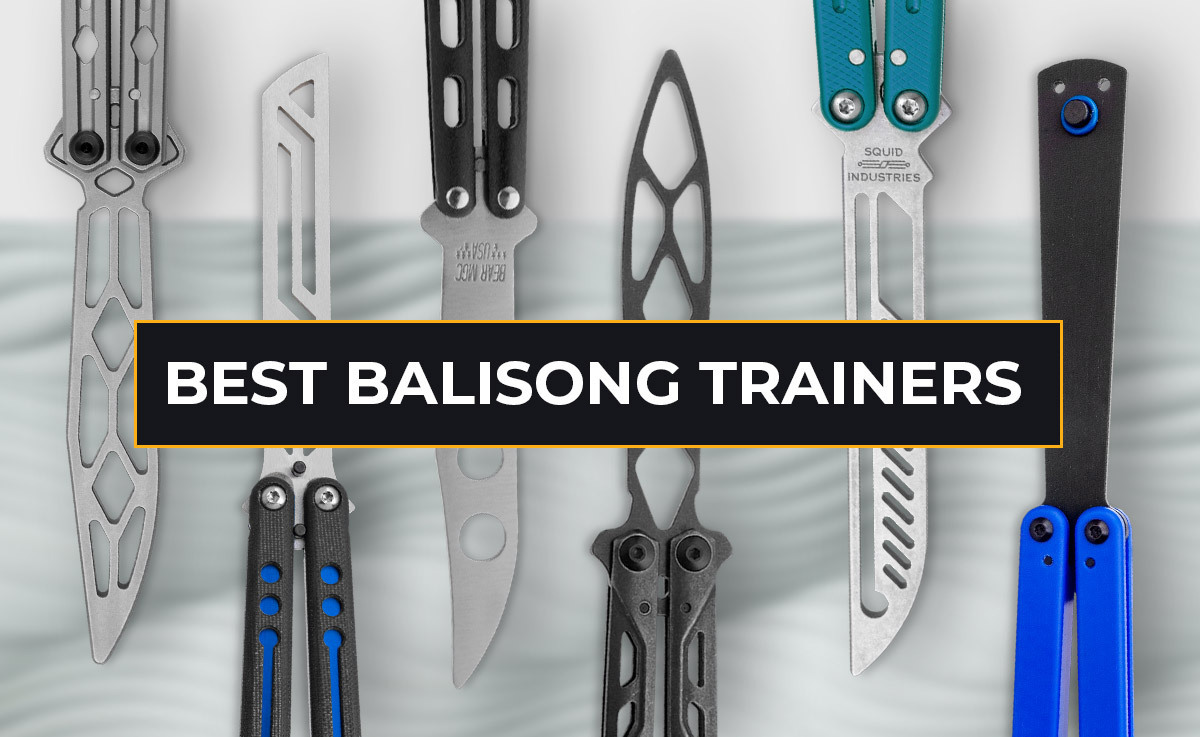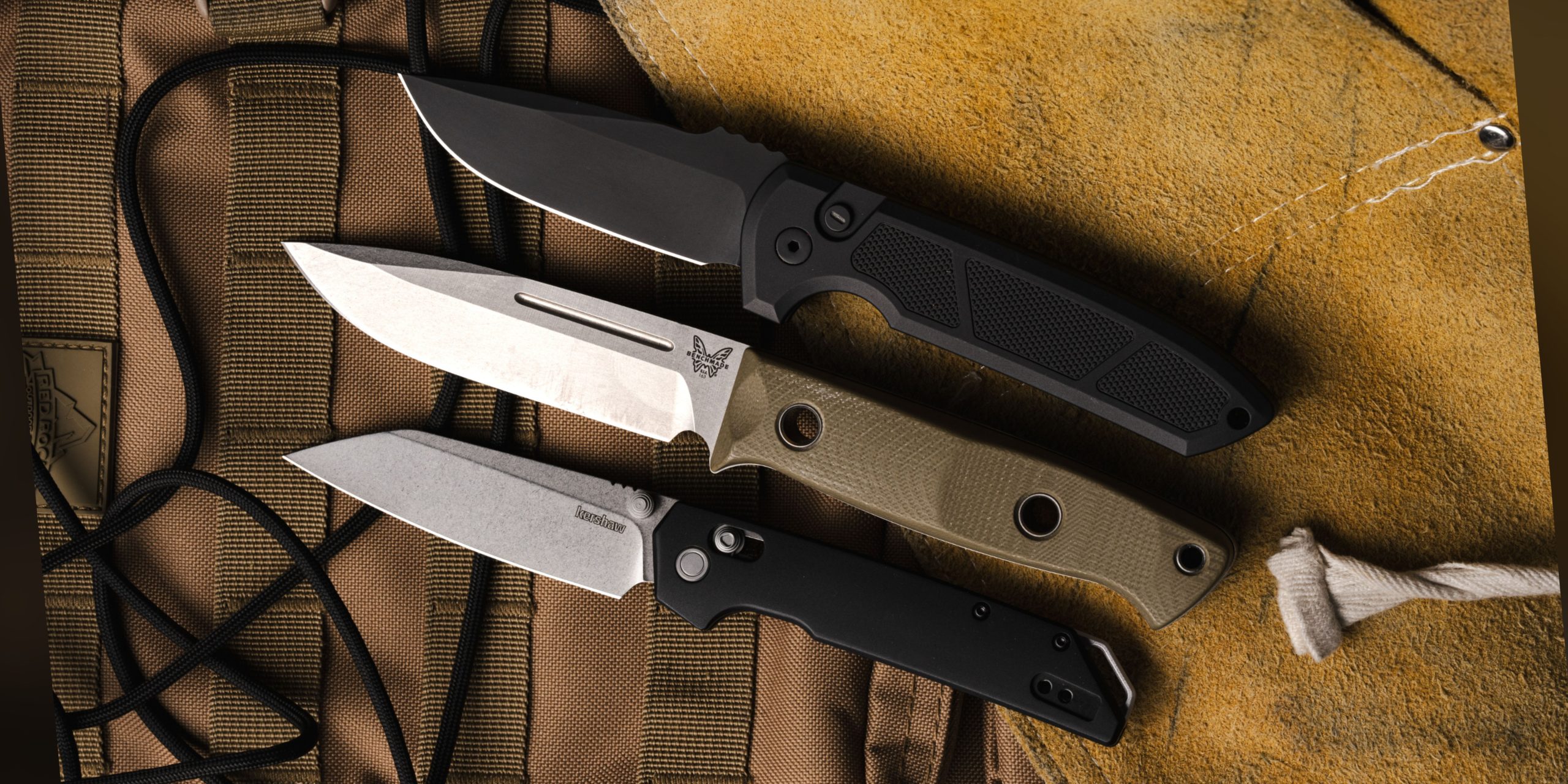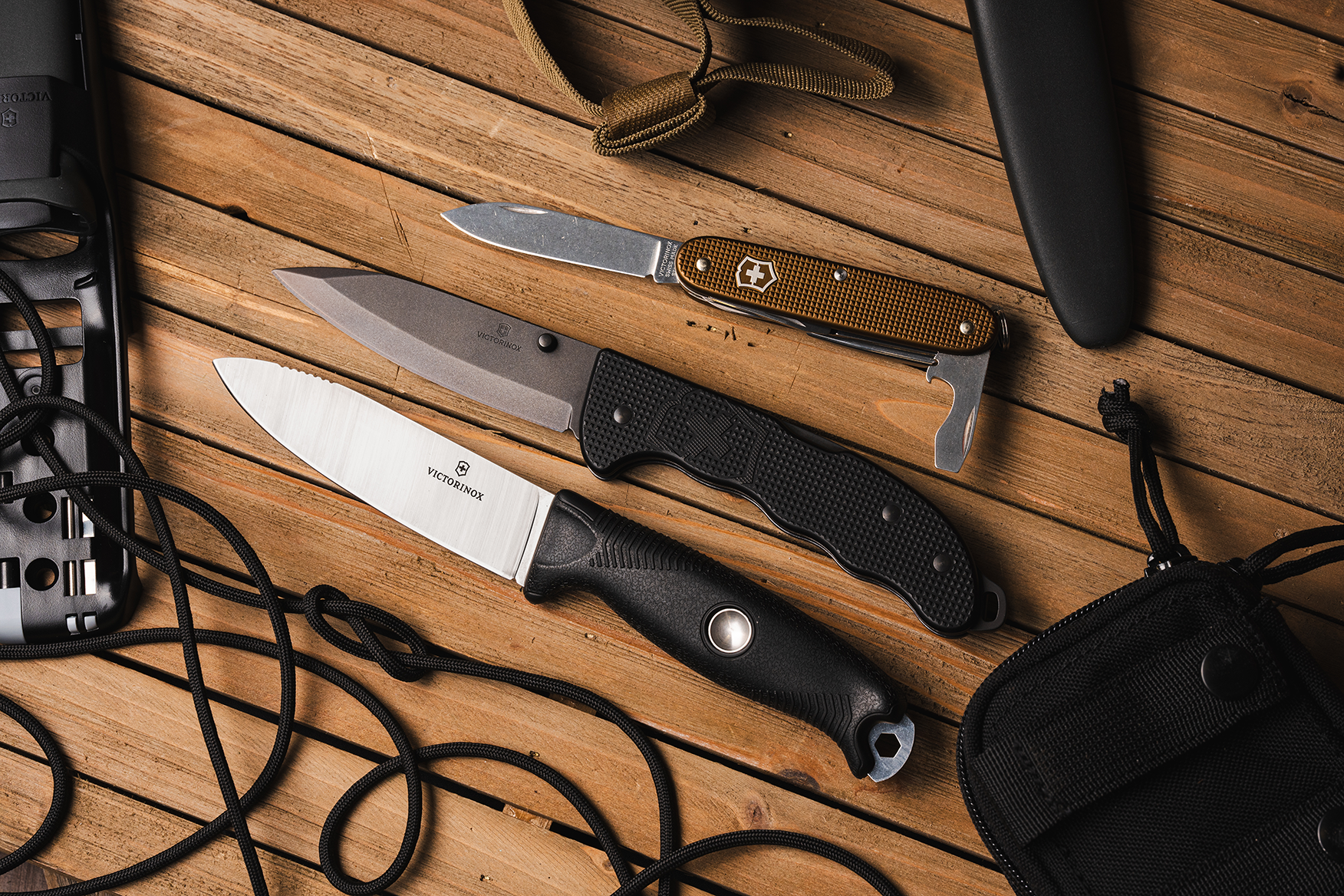Butterfly Knife Construction by Chris Jerman
When it comes to the construction of a butterfly knife, there are two types that are the most common. There is the “Sandwich Construction” and the “Channel Construction.” Here is a very brief and basic description of the two.
Sandwich construction is a method where there are many parts of the handle that are layered on top of one another and then pinned or screwed into place. When constructed like this, the blade is allowed to rest within a void between the layers. This method, though popular and effective for its purpose, tends to create a handle that is not very sturdy or strong. As the knife gets more use, the layers can slip, or become loose, causing the knife to feel unsecure and shaky. As I said, it is a great design for its purpose, but it does not score well in the longevity department. On top of regular maintenance, there is a lot of time spent tightening screws, and keeping your eye on the latches and pins as well.
The other method of construction that I mentioned is channel construction. This is when the handles of the knife are constructed, or forged out of one piece of material. Also, instead of the blade resting within a void between layers of materials, there is actually a groove for the blade within the handle itself. This groove is created during the creation of the handle itself, either by folding, milling, or being integrally cast. Due to this form of construction, where the handles are made of one solid piece of material, this generally makes the knife stronger and more durable for use. Last, but certainly not least, with this construction form, you could expect this form of Butterfly knife to last quite a long time (with proper maintenance and care, of course).
When it comes to measuring the pros and cons between these two types of construction, a lot of it obviously relies on personal preference and opinion; You’ll have to draw your own conclusions. However, if looking at the sheer mechanics of the knife from the first step of creation to the time it is in your hand, the channel construction is a much safer bet.




